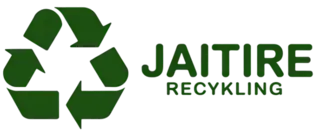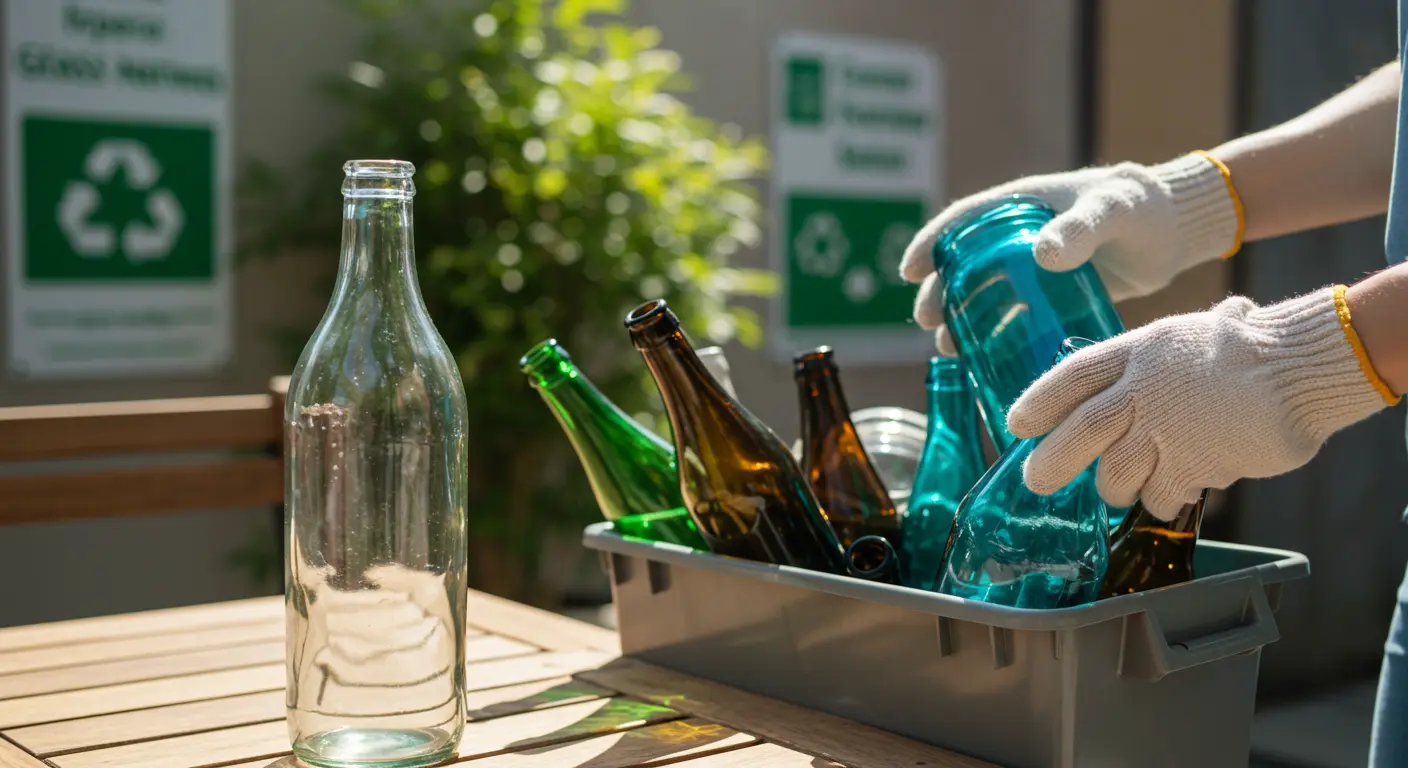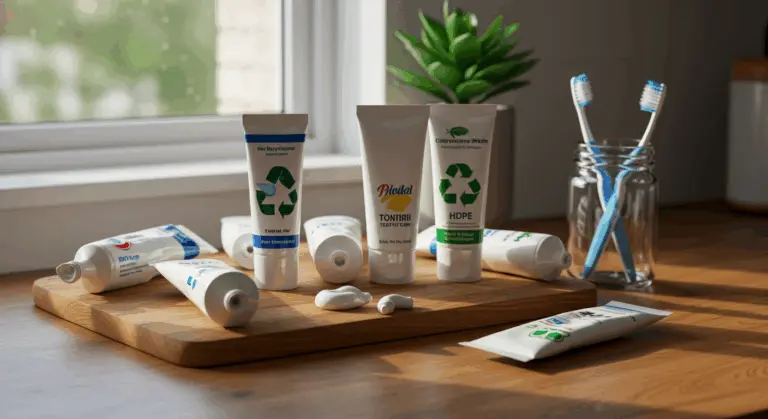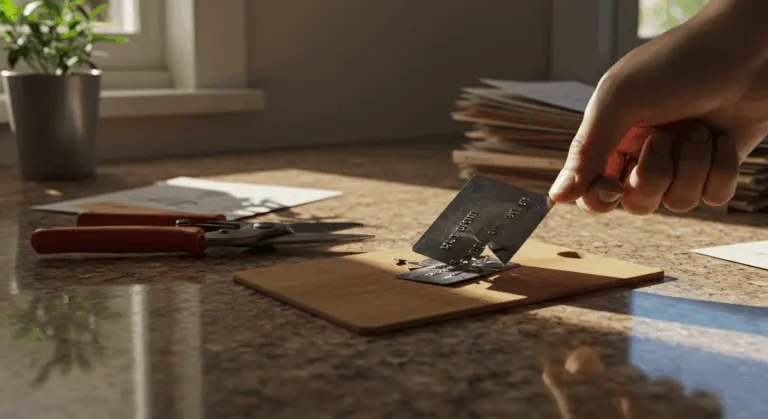Why Recycle Glass Bottles?
Glass recycling represents one of our most effective environmental practices—a material that can be endlessly reborn without sacrificing an ounce of its quality or purity, making it truly sustainable.
The environmental benefits are substantial. Each ton of recycled glass saves approximately 1,300 pounds of sand, 410 pounds of soda ash, and 380 pounds of limestone. Additionally, manufacturing with recycled glass reduces energy consumption by roughly 30% compared to virgin materials—directly reducing carbon emissions.
Consider this: glass bottles abandoned in landfills don’t simply disappear. They can persist for up to a million years. Beyond preventing landfill overflow, recycling glass reduces the need for raw material extraction, protecting pristine landscapes and delicate ecosystems.
The process is simple: dispose of your glass bottles in your designated recycling bin rather than the general waste bin. If curbside recycling isn’t available in your area, you can take them to local waste disposal sites where specific containers are provided for glass recycling.
How to Prepare Glass Bottles for Recycling
Proper preparation ensures your glass bottles are properly prepared for recycling—ensuring their ready for their next life as new products. The process is straightforward, with just a few crucial steps.
Start by emptying and rinsing your bottles completely. A quick rinse prevents contamination and eliminates unwanted odors.
Pay attention to this important step: strip away every non-glass component. This includes unscrewing and separating metal or plastic caps, lids, corks, and sprayer attachments. The glass bottle itself? Perfectly recyclable. Those other materials? They require different recycling processes. Many recycling facilities can handle metal caps, but it’s best to check your local guidelines. For bottles with sprayer attachments, such as those used for cleaning products, unscrew the sprayer and recycle the glass bottle separately.
Labels? Generally fine to leave on—most facilities handle removal during processing. But if a label peels off effortlessly, removing it helps make processing easier.
Safety first when dealing with broken glass. Don gloves, contain the glass fragments in a sealed paper bag, then add the package to your recycling container.
Not all glass plays by the same rules. Take light bulbs—they require special handling due to their unique components. Always check your local recycling guidelines for specific instructions on different glass items.
Types of Glass That Can Be Recycled
Most everyday glass containers can be recycled.
-
Beverage Bottles: Any color bottle used for wine, beer, spirits, soft drinks, and juice.
-
Food Jars: Jars that contained items like pasta sauce, pickles, jams, and baby food.
-
Non-Food Bottles: Containers for perfume, aftershave, or essential oils (with caps and lids removed).
Glass color serves a functional purpose beyond appearance. Darker colors contain metals like cobalt or iron that protect contents from harmful light rays. During recycling, bottles must be separated by color to maintain the integrity of the recycled product, as mixing different colored glass can affect the quality and appearance of new glass items.
Collection happens through household programs or bottle bank drop-offs. Don’t forget those clear glass jars—they’re excellent candidates for recycling but often overlooked.
Not all glass types are compatible for recycling together. Container glass has a different melting point than items like Pyrex or window glass, and mixing them can contaminate the recycling batch.
Non-Recyclable Glass Items
Knowing what cannot be recycled is equally important, as contamination can ruin entire batches. Avoid recycling these items:
-
Glass Cookware: Heat-resistant products (e.g., Pyrex, microwave plates) have different melting points.
-
Household Glassware: Drinking glasses, wine glasses, and vases have different chemical compositions.
-
Flat Glass: Windows, mirrors, and glass furniture contain incompatible additives.
-
Lighting Products: Light bulbs and fluorescent tubes contain metals and chemicals requiring special disposal.
-
Ceramics: Mugs, plates, and pottery will contaminate a glass batch.
Uncertainty? Your local recycling program holds the answers, or simply choose regular trash disposal. Remember: careful sorting ensures successful recycling.
The Glass Recycling Process Explained
Glass recycling involves a complex process that transforms used bottles into new products. Understanding this process shows why proper sorting is so important.
The process starts at collection facilities. Once glass arrives at recycling facilities, it is meticulously sorted by color—typically into clear (flint), green, and amber (brown) categories. This precision is necessary because Different colors contain distinct metal oxides and chemical additives—mixing different types compromises quality. Mixing incompatible glass colors can compromise the quality and usability of the final recycled product.
Next comes the crushing phase, transforming whole bottles into small fragments called cullet. These fragments vary in size but are typically reduced to pieces smaller than 50mm. The crushing process is carefully controlled to create optimal-sized pieces for the next stages of recycling while minimizing the production of fine glass dust.
Screening systems take over next, removing contaminants while organizing glass by size. Advanced technologies (magnets, eddy current separators, and optical sorters) eliminate metals, plastics, paper, and other foreign materials that could compromise the recycling process. Even microscopic contamination threatens the final product’s integrity.
Purification follows as the next critical milestone. The screened cullet is heat-dried to remove any remaining organic contaminants, adhesives, and moisture. This thermal cleaning process ensures the cullet is pure enough for remelting. Some facilities also use washing systems with specialized detergents to further purify the glass fragments.
Finally, Clean cullet melts in furnaces exceeding 1500°C (2700°F), emerging reborn as pristine glass products.
This creates a true closed-loop system with unlimited recycling potential. Each recycled bottle saves enough energy to power a computer for 25 minutes, demonstrating how individual actions create meaningful impact.
Where to Recycle Glass Bottles
Several convenient options are available for recycling glass bottles:
-
Curbside Recycling: The most common method, where local authorities collect glass from your designated household bin.
-
Community Recycling Centers: These facilities accept a wide range of materials and often have separate containers for different glass colors.
-
Bottle Banks: Public drop-off points, often in supermarket parking lots, for pre-sorting glass by color.
-
Redemption Centers: In states with “bottle bill” laws, you can return bottles for a cash deposit.
-
Hazardous Waste Facilities: The correct destination for specialty glass items, like fluorescent tubes, that contain harmful substances.
Need help finding locations? Online locators like Earth911 or your local government’s waste management portal can help you locate nearby recycling facilities.




